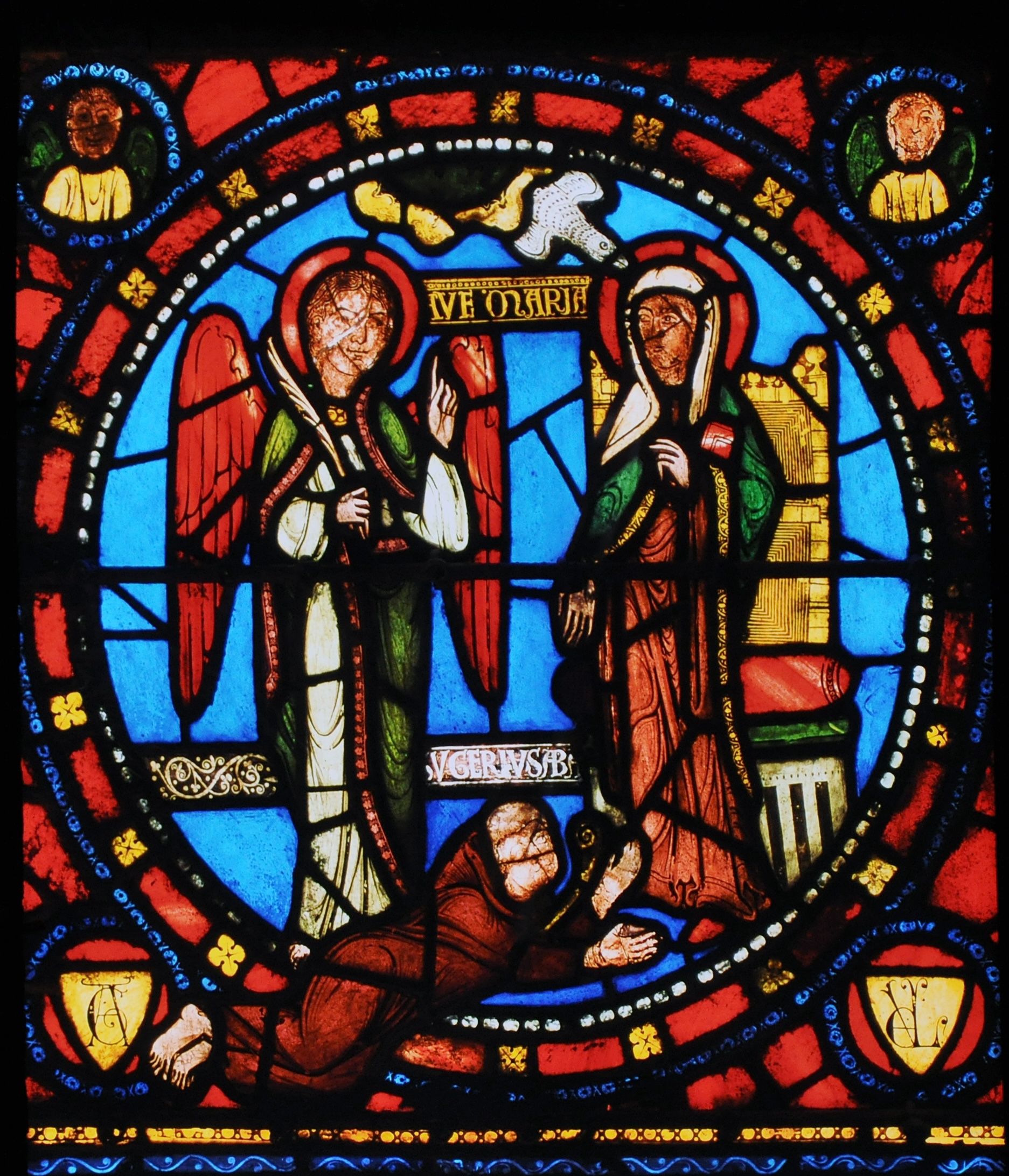Un’aggiunta alla miniatura padana del XII secolo: gli alberi di parentela in un manoscritto poco noto del Decretum Gratiani nell’Archivio di San Pietro a Perugia
Abstract
Le arbores consanguinitatis et affinitatis, miniate a pennello con la rappresentazione di un sovrano barbato e di una coppia di coniugi all’interno di un codice del Decretum Gratiani dell’Archivio di San Pietro a Perugia (CM 4, ff. 291v-292r) sono state menzionate brevemente da Hermann Schadt nel suo fondamentale studio sugli alberi di parentela con una plausibile datazione alla fine del XII secolo. Le arbores del manoscritto perugino sono rimaste pressoché ignorate negli studi successivi. Le figure che decorano i diagrammi possono essere avvicinate a un gruppo di esemplari probabilmente opera di una medesima bottega, forse operante a Bologna negli ultimi decenni del XII secolo. Questo contributo affronta la problematica cultura figurativa di questi artisti, oggetto di interpretazioni controverse da parte della critica a causa delle tangenze con la produzione transalpina e allo stesso tempo della conoscenza estremamente diradata del panorama pittorico bolognese a queste date. Le componenti oltremontane delle miniature appaiono indice di una circolazione di modi nordici comune nella decorazione libraria del tempo in area padana e che doveva altresì caratterizzare un centro internazionale di studi giuridici quale Bologna.
Gli autori che pubblicano su questa rivista accettano le seguenti condizioni:
Gli autori mantengono i diritti sulla loro opera e cedono alla rivista il diritto di prima pubblicazione dell'opera, contemporaneamente licenziata sotto una Licenza Creative Commons - Attribuzione - Non opere derivate 4.0 Internazionale che permette ad altri di condividere l'opera indicando la paternità intellettuale e la prima pubblicazione su questa rivista.
Gli autori possono aderire ad altri accordi di licenza non esclusiva per la distribuzione della versione dell'opera pubblicata (es. depositarla in un archivio istituzionale o pubblicarla in una monografia), a patto di indicare che la prima pubblicazione è avvenuta su questa rivista.
Gli autori possono diffondere la loro opera online (es. in repository istituzionali o nel loro sito web) prima e durante il processo di submission, poiché può portare a scambi produttivi e aumentare le citazioni dell'opera pubblicata (Vedi The Effect of Open Access).










.png)
